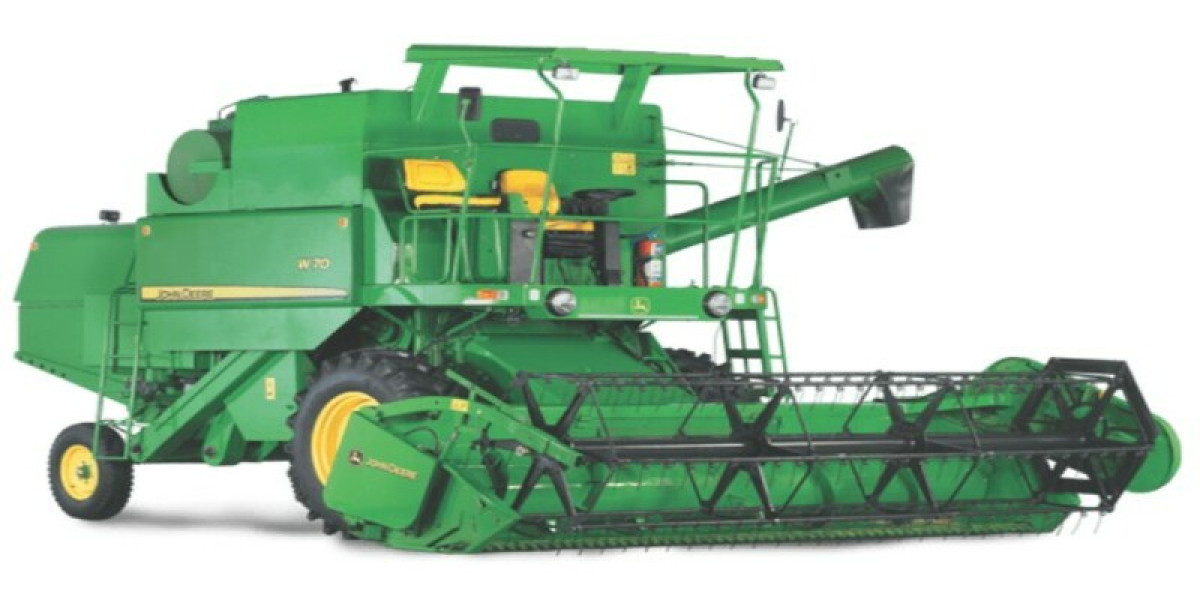In the vast fields of India, where agriculture is not just a profession but a way of life, the introduction of combined harvesters has revolutionized the farming landscape. These machines, capable of harvesting, threshing, and cleaning grains in a single operation, have significantly increased efficiency, reduced labor costs, and improved agricultural output. Let's delve into the world of combined harvesters in India, exploring their impact, evolution, and prospects.
The Rise of the Combine Harvester
Combine harvesters were first introduced in India in the mid-20th century, initially in the states of Punjab and Haryana. These regions, known as the breadbaskets of India, were quick to adopt this technology due to their large-scale farming practices. The first models were imported from countries like the United States and Germany, and designed primarily for wheat and paddy crops.
Impact on Agriculture
The introduction of combine harvesters has had a profound impact on Indian agriculture. Here are some key benefits:
Increased Efficiency: Combine harvesters can harvest and process crops much faster than traditional methods. This has led to significant time savings during the harvest season, allowing farmers to focus on other important tasks.
Labor Savings: Traditionally, harvesting involved hiring large numbers of laborers. Combine harvesters have reduced the need for manual labor, saving costs for farmers and alleviating the burden on rural labor markets.
Higher Crop Yields: The efficiency of combine harvesters has led to higher crop yields in many cases. By ensuring timely and efficient harvesting, these machines help prevent losses due to weather or pests.
Improved Farm Economics: With higher yields and lower labor costs, farmers have seen improvements in their overall economic viability. This has helped many small and marginal farmers sustain their livelihoods.
Crop Diversification: The availability of combine harvesters has encouraged farmers to diversify their crops. Previously, the labor-intensive nature of harvesting limited the types of crops that could be grown profitably.
Evolution of Combine Harvesters in India
Over the years, combine harvesters have evolved to suit the diverse needs of Indian farmers. Some key developments include:
Adaptation to Local Crops: While early models were designed primarily for wheat and paddy, newer models can handle a wide range of crops including soybeans, maize, and pulses.
Customization for Small Farms: Recognizing that many Indian farms are small, manufacturers have developed smaller and more affordable combine harvesters suitable for these farms.
Mechanization of Other Operations: Some modern combine harvesters come equipped with additional features such as seed drilling, pesticide spraying, and fertilizer application, further reducing the need for manual labor.
Technological Advancements: Recent years have seen the integration of advanced technologies such as GPS, sensors, and data analytics into combined harvesters. These technologies help farmers optimize their operations and maximize yields.







